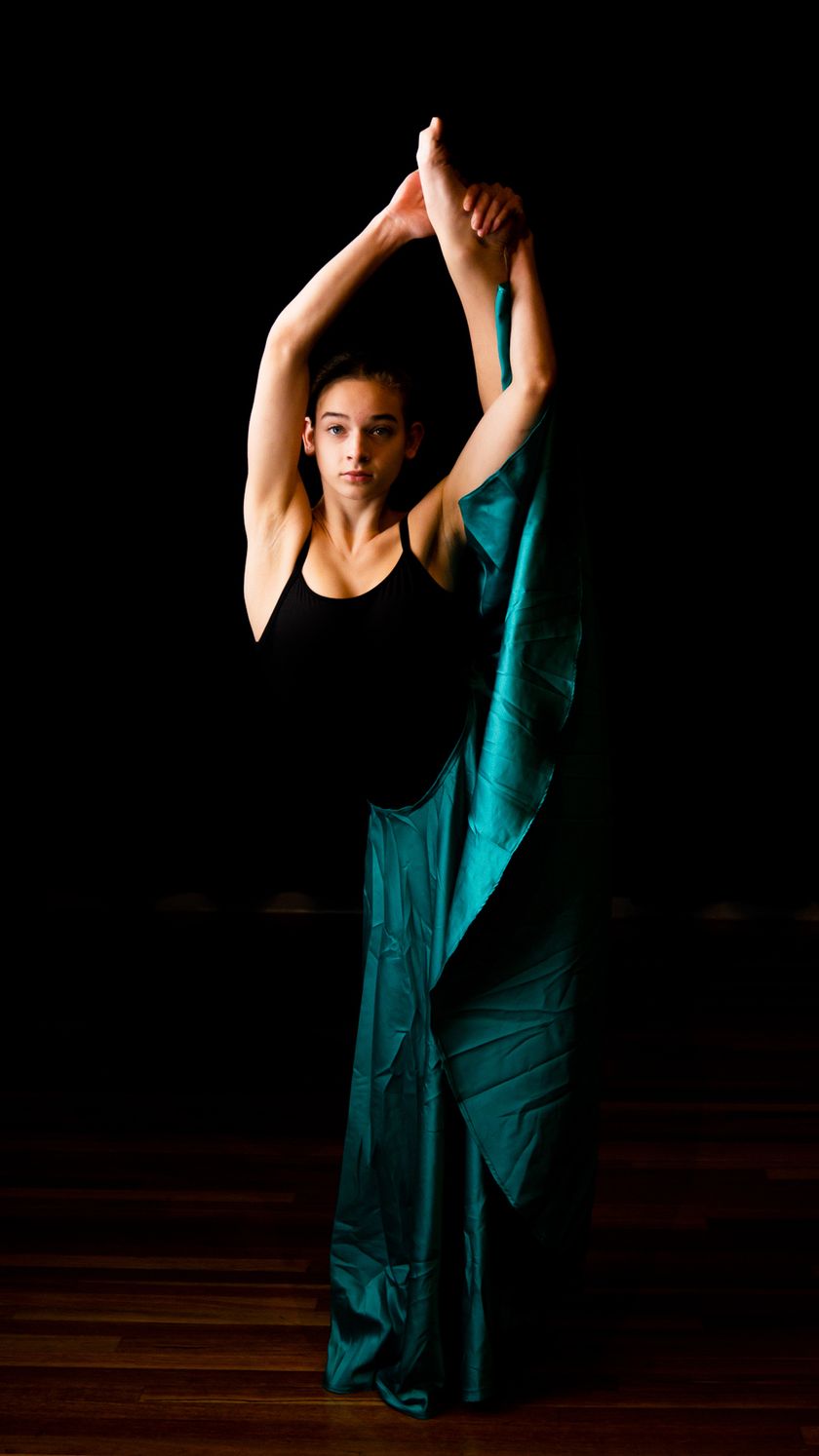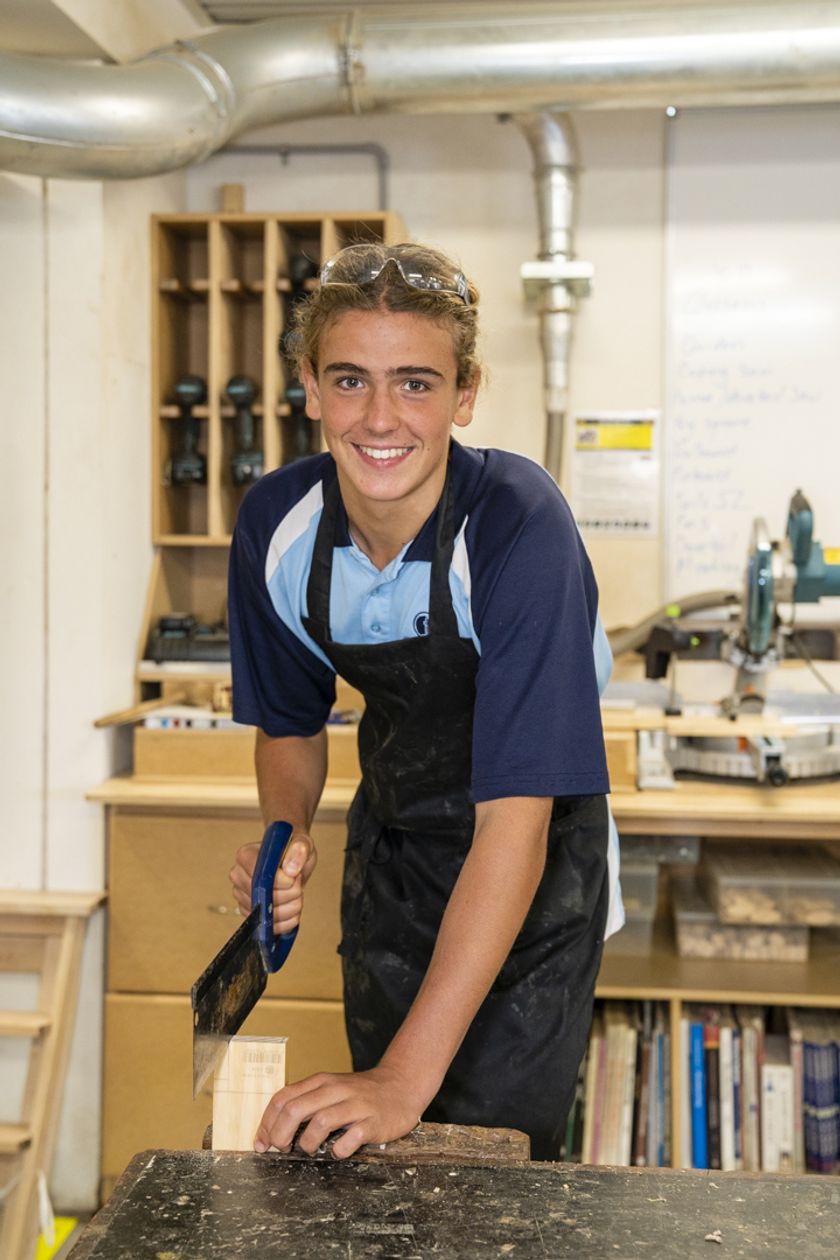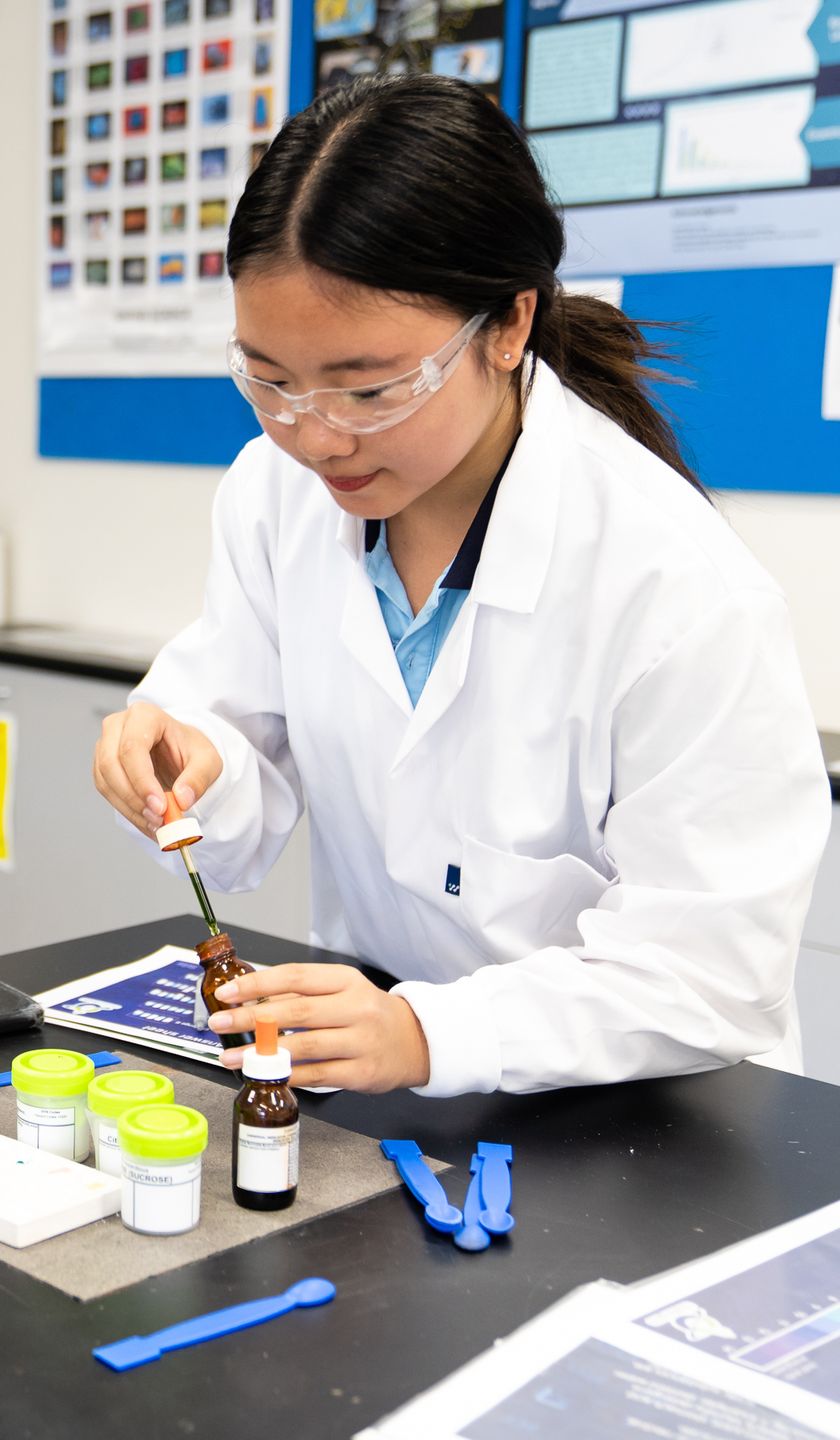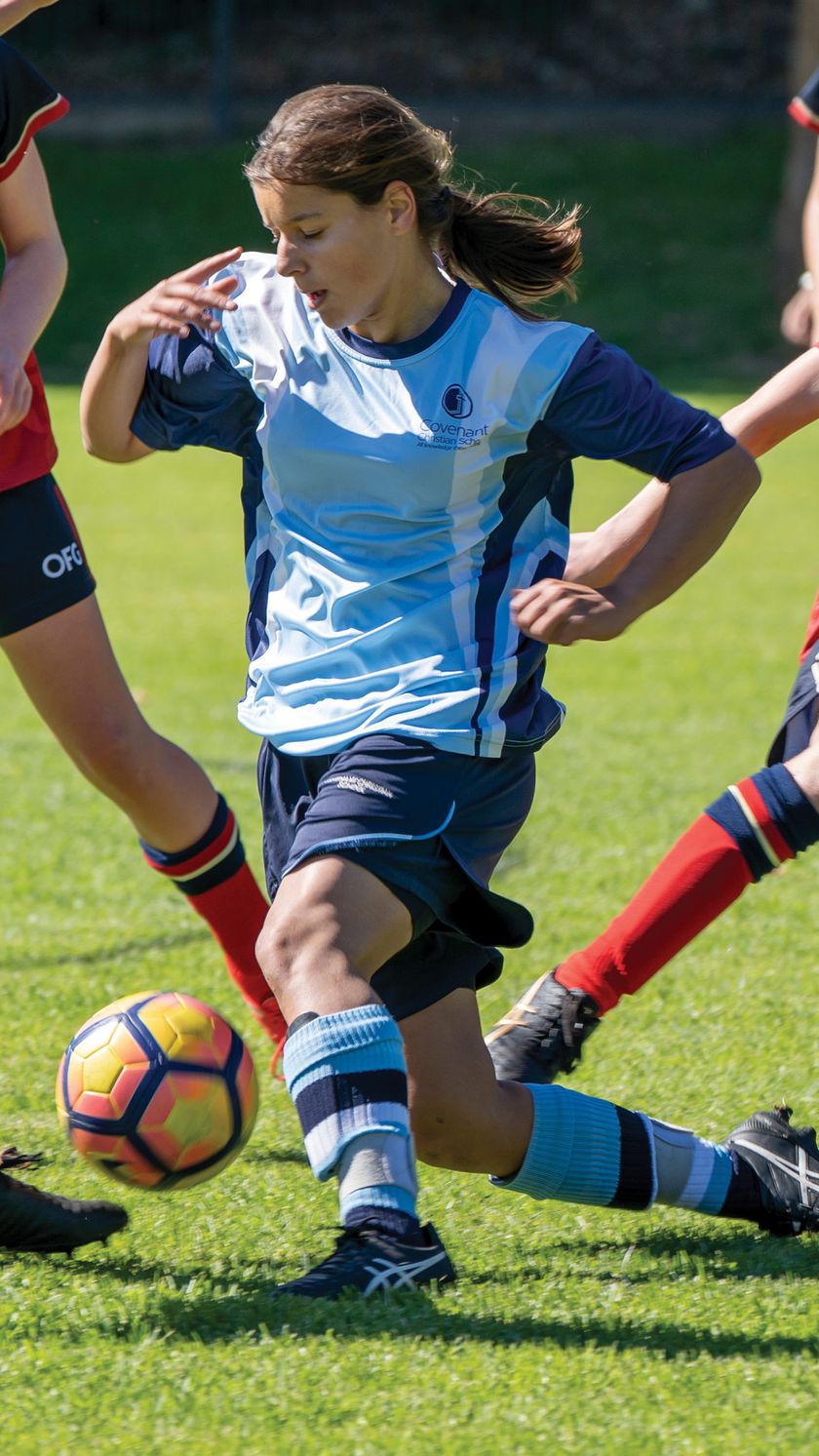






Visual Arts involves students in the practices of art-making, art criticism and art history. Students develop their own artworks, culminating in a тАШbody of workтАЩ in the HSC course that reflects studentsтАЩ knowledge and understanding about their practice, and which demonstrates their ability to visually resolve a conceptually strong work. Students critically and historically investigate artworks, critics, historians and artists from Australia as well as those from other cultures, traditions and times. The Preliminary course is broad, while the HSC course provides for deeper, increasingly more independent investigations.
While the course builds on Visual Arts courses in Stages 4 and 5, it also caters for students with more limited experience in Visual Arts. Please note: additional costs may be necessary for studentsтАЩ bodies of works.
Students will submit a body of work as part of the HSC examination for Visual Arts. In this body of work, they should demonstrate their understanding of artmaking as a practice, represent their ideas and interests through their interpretation of subject matter and use of expressive forms. They should consider selecting a single work or a series of works for the body of work which represent a coherent point of view and demonstrate conceptual strength and meaning. The body of work must comply with the prescribed dimensions for HSC submitted artworks in terms of limitations on size, weight, dangerous and prohibited materials and duration.
A body of work may be submitted in one of the 12 expressive forms; Documented Forms, Painting, Collection of Works, Time Based Forms, Drawing, Sculpture, Graphic Design, Printmaking, Photo Media, Textiles and Fibre, designed Objects and Ceramics.
Students need to maintain a Visual Arts Process Diary throughout Years 11 and 12 documenting progress of their artworks in Year 11 and their body of work in Year 12.
Many of these expressive forms are explored in Year 11, in preparation for students developing their own body of work.
Where possible the school will endeavour to absorb the costs of materials for a body of work, however, larger expenses will need to be covered by the student.
Submission of the body of work usually is in the last week of August.
The final practical Assessment for the body of work is before the trials at the beginning of August.
Year 11 Practical - ceramics, reduction lino printing, oil painting and digital media.
Making and Critical/Historical Studies тАУ Case studies exploring Modernism, contemporary artists and artists often linked to practical activities through theme or media. There are 5 Case Studies ranging from 4-10 hours each year.
Year 12 тАУ development of a body of work (60 hours).
The practical body of work is 50%, while the Historical and Critical Studies, written component is 50%.
Yes. You will need to dedicate time to your body of work in your Study Periods, after school and/or on weekends. The time in class is not sufficient to produce a substantial body of work. It is an expectation that Year 11 students will need to commit an average of one Study Period per week and Year 12 students more than one Study Period per week. As the body of work becomes due it will require consistent and regular commitment to complete well.
No. While there is the opportunity to paint in Year 11, it is not a requirement for the HSC. For the HSC, you will be encouraged to work in the expressive forms in which you excel and enjoy.
If you have further questions, please contact:
Head of Creative Arts - Mrs Nicole Conway